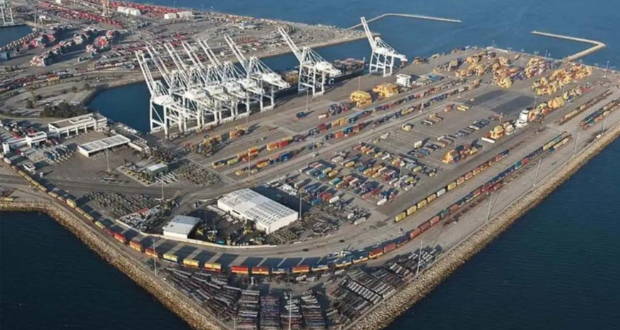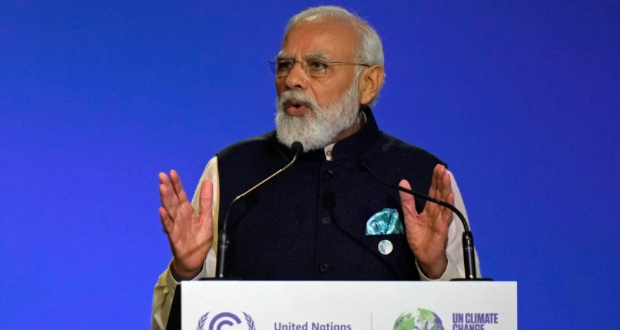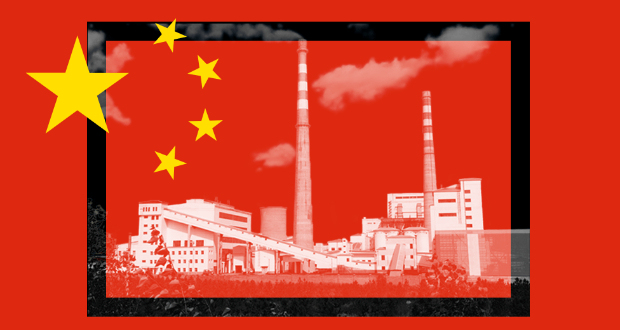On 13 May, India's Minister of State of the Ministry of Ports, Shipping and Waterways, Sarbananda Sonowal, signed a 10-year deal with Iran to operate and develop the strategically important port of Chabahar in Sistan, Baluchistan province. Indian Ports Global Limited (IPGL) will invest around US$120 million in the port and around US$ 250 million in credit to reinforce India’s connectivity to Central Asia, Afghanistan, the South Caucasus, and the greater Eurasian region. Amidst global geopolitical contestations and the increasing disquiet in the Red Sea, the agreement will provide India with much-needed access and the right to transit across Eurasia for economic growth and resilient connectivity. Additionally, the deal will give India significant leverage and strategic heft over the China-Pakistan alliance and China’s much-hyped Belt and Road Initiative (BRI). The project also helps India circumvent Pakistan to gain connectivity to Eurasia, who, influenced by Beijing’s hegemonic and belligerent influence, has traditionally blocked New Delhi's past connectivity initiatives in Eurasia.
Amidst global geopolitical contestations and the increasing disquiet in the Red Sea, the agreement will provide India with much-needed access and the right to transit across Eurasia for economic growth and resilient connectivity.
India’s gateway to Eurasia
Though India announced its plan to invest in the strategic Chabahar Port in 2003, a formal agreement was signed between New Delhi and Tehran only in 2015. The construction of the Chabahar Port received momentum in 2016 when Prime Minister Narendra Modi pledged an investment of US$ 500 million to develop the Chabahar Port during a visit to Tehran. In 2018, the Shahid Beheshti terminal of the port became operational following an investment of US$ 25 million by IPGL. Since 2019, the port has efficiently handled 90,000 TEUs and over 8.4 million tonnes of general cargo after IPGL set up six mobile cranes with capacities ranging from 100 to 140 tonnes.
The Chabahar Port is a vital link connecting Mumbai to Eurasia via different corridors of the International North-South Transport Corridor (INSTC). INSTC, spanning over 7,200 km, includes sea routes, and rail and road links to connect Mumbai with Eurasia and Central Asia. It was proposed in the September 2000 agreement between India, Russia and Iran. Since then, the INSTC agreement has been ratified by 13 countries, including Russia, India, Iran, Türkiye, Azerbaijan, Belarus, Bulgaria, Armenia, Central Asian Republics, Ukraine, and Oman. According to estimates, The INSTC will reduce transit time to 25-30 days from 45-60 days and decrease the freight cost by 30 percent compared to the Suez Canal route, which has lately faced disruptions due to regional conflict.




